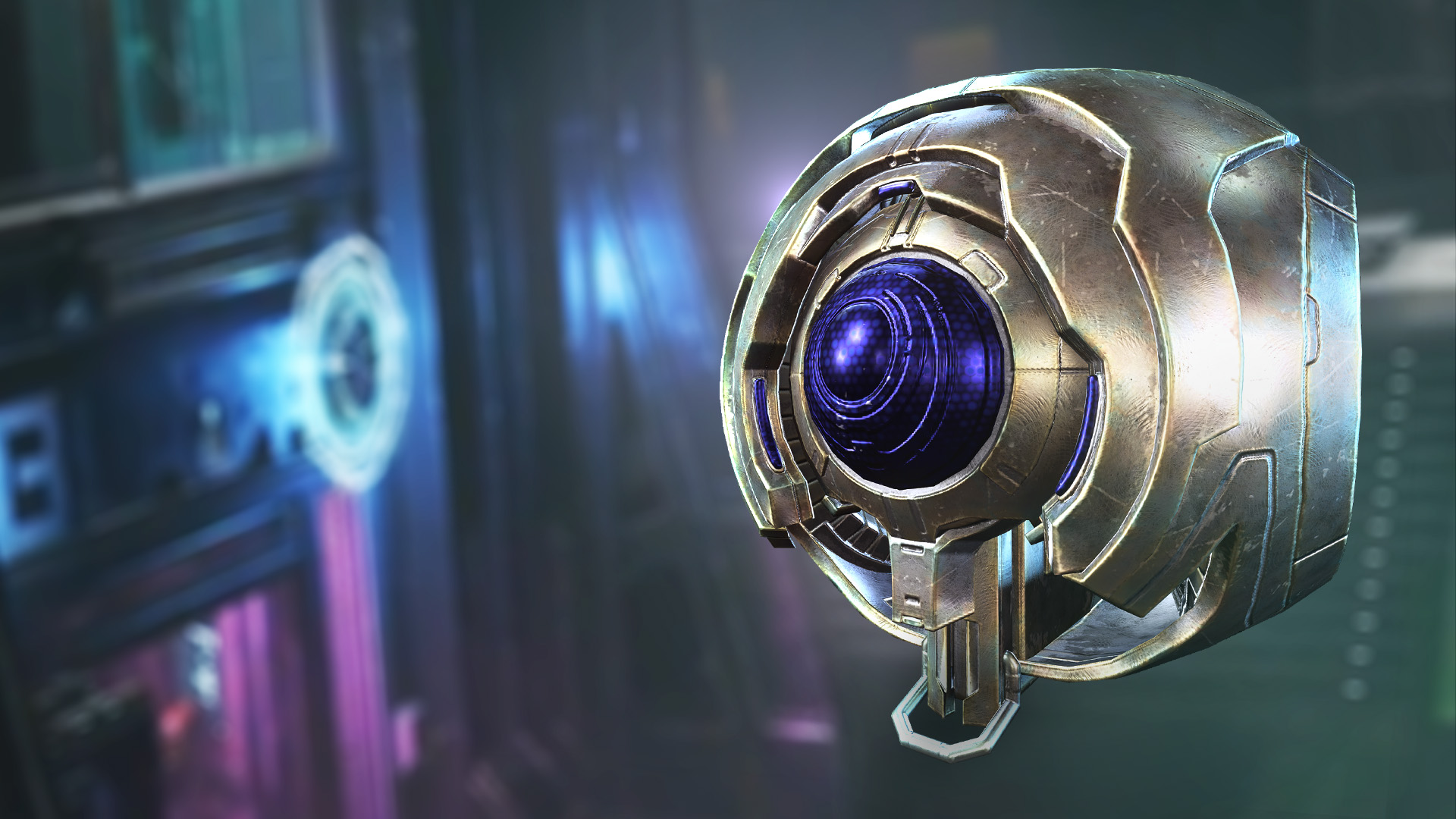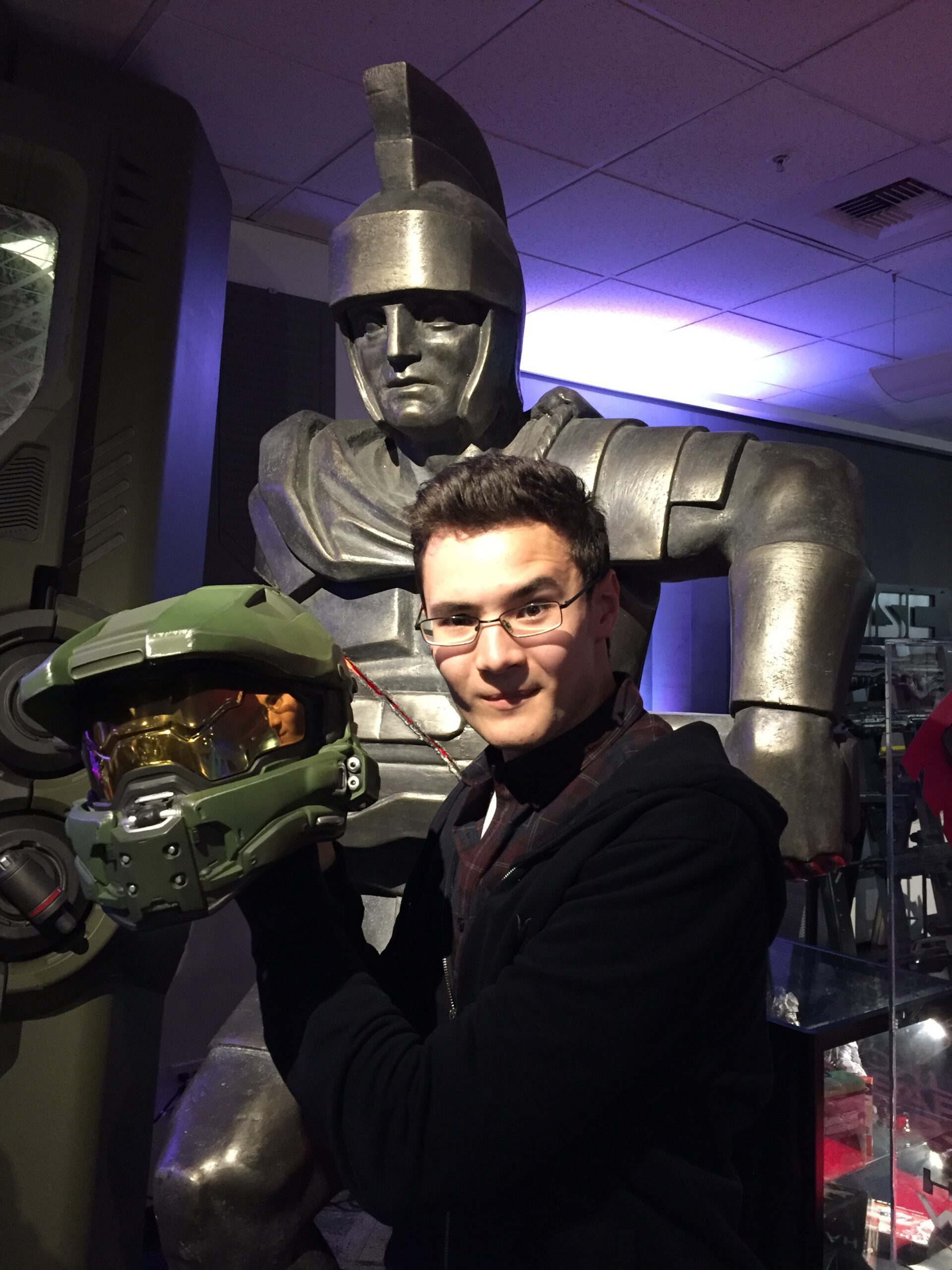Halo Infinite – Forge Fundamentals

The first time I looked at Forge in Halo Infinite, I was like "Oh hey, cool that's... oh, holy-- you guys did what?!"
With November already on the horizon, in just a few short months the Forge Beta will be in your hands to unleash your creativity with, dare we say, infinite possibilities.
In this four-part video series, we’re going to explore the foundational elements of Forge to get you acquainted with its tools, showcase brand new features and improvements from previous games, and provide some direct developer insight into what’s coming.
Here are the topics we’ll be covering in each video of this series:
- Part 1: Building – what can I make and how do I make it?
- Part 2: Scripting & Bots – what is scripting, how can I use it, and how can I test my map with bots?
- Part 3: Lighting & Audio – what lighting, art, and audio tools can make my maps look and sound great?
- Part 4: File Sharing & Canvases – where can I build my maps and how can people discover them?
But first, of course, for those of you who may just be joining us on this great journey, or may need a refresher, let us take a moment to look back on what Forge represents as a pillar for Halo...
WHAT IS FORGE?
Once upon a time, matches on Halo 2’s Colossus would begin with a frenetic rush to collect the various plasma pistols and battle rifles strewn across its lower end, and we would have to impose honor rules.
In those days, the placement of weapons, objectives, spawns, and other details of Halo’s multiplayer spaces were largely fixed—rooted in place, until they were picked up and spent, after which an invisible countdown would bring them back to be fought over once again.
But then, Halo 3 brought with it an exciting new feature. Forge began as an object layout editor, enabling players to rework weapons, vehicles, scenery, and spawns—and you could invite your friends to hop in and test out these changes live, or spend an hour trying to drop tanks on each other.
As with all creative tools, when put in the hands of the community, impossible things happened. You built Scarabs and Pelicans out of crates and scenery items. You used teleporter nodes to keep objects floating in the air. You discovered techniques that allowed blocks to intersect with each other and the environment, creating all-new maps on empty canvases.
From that point, Forge ceased to be a simple layout editor. It became a map maker, and a community of creative cartographers arose from its foundations.
Since then, Forge has been continually upgraded in successive Halo titles with new tools and capabilities to give Forgers more agency and options in what they seek to create. More objects, bigger budgets, new terrain pieces, color editing, magnets, baked lighting, scripting... Forge is your playground, and in Halo Infinite we’re giving you more toys to play with than ever before.
PART 1 - BUILDING
In our first video, we focus on some of the core features that have been added or improved in Halo Infinite’s version of Forge.
Join Michael Schorr, Forge Lead Designer, and Cliff Schuldt, Multiplayer Level Designer, as they walk through object palettes, new features (such as the much-anticipated undo/redo buttons and object scaling), and much more that will empower you to build and create.
We look forward to seeing what you all can build when the Forge Beta lands later this year. Until then, be sure to subscribe to our YouTube channel to see even more Forge videos in the coming weeks.
PART 2 - SCRIPTING & BOTS
In our second video, we’re exploring new and improved features around scripting, node graphs, and Bot support on Forge maps.
Michael Schorr, Forge Lead Designer, and Connor Kennelly, Technical Designer, dive into the fundamentals of scripting: what is it, how can I use it, what sort of things does it enable me to do with my maps, and how has it been made more accessible from how it’s previously appeared in Halo 2: Anniversary and Halo 5? And, most importantly: how do I use scripting to make my assault rifle shoot rockets?
Of course, as you’re building things, you’re going to want to try them out as well. Michael and Connor detail how you can test your scripts in the newly added Test Mode, and how you can also get a good feel for how your map plays with the addition of Bots—as well as the “nav mesh” which directs how Bots can move around your custom maps.
These features are just another aspect of how Forge in Halo Infinite is levelling up to empower you with more options to create maps with more agency than ever before.
PART 3 – LIGHTING & AUDIO
For our third Forge video, we’re looking at how you can leverage new lighting and audio tools in the creation of your maps.
Michael Schorr, Forge Lead Designer, and Tyler Feddeler, Lighting Artist, showcase a series of new lighting and audio options that can be used to create more immersive and detailed maps than ever before.
Adjust your map’s time of day and even change the color of the sun and sky to get the exact atmosphere you want, whether that’s a pitch-black night-time environment with volumetric fog and curated shadows, a neon pink sun blazing down upon the battlefield, or anything equally wild your imagination comes up with. The sky(box) truly is the limit!
Then bring your maps to life with a suite of ambient audio options with primary and secondary sounds, reverb, effects, and even scripting audio. Looking to make an underwater or outer space map? It’s not just the sights, but the sounds that are now an integral part of your Forge arsenal.
PART 4 – FILE SHARING & CANVASES
Our fourth and final Forge video details the canvases you’ll be building your maps on and the key to sharing your creations with your friends and other players.
The Halo Infinite Forge Beta will launch with six canvas maps, providing a range of environments—from arid desert to lush grasslands and marshes, to outer space and the underwater sea floor, and even a blank void—which are about double the size of Halo 5’s canvases.
Add collaborators to your map, giving your selected friends a range of options to co-Forge alongside you and list them in its credits; look at your map’s “version history” and track the major additions or changes you’ve made to then seamlessly jump between past and present versions of your maps; and head into the main menu’s Community tab to browse published maps, modes, and prefabs from other players.
Join John Junyszek, Senior Community Manager, and Michael Schorr, Forge Lord (that is, Forge Lead Designer!), one last time as they get you acquainted with the powerful options and tools at your disposal when Forge arrives with the Winter Update on November 8.
